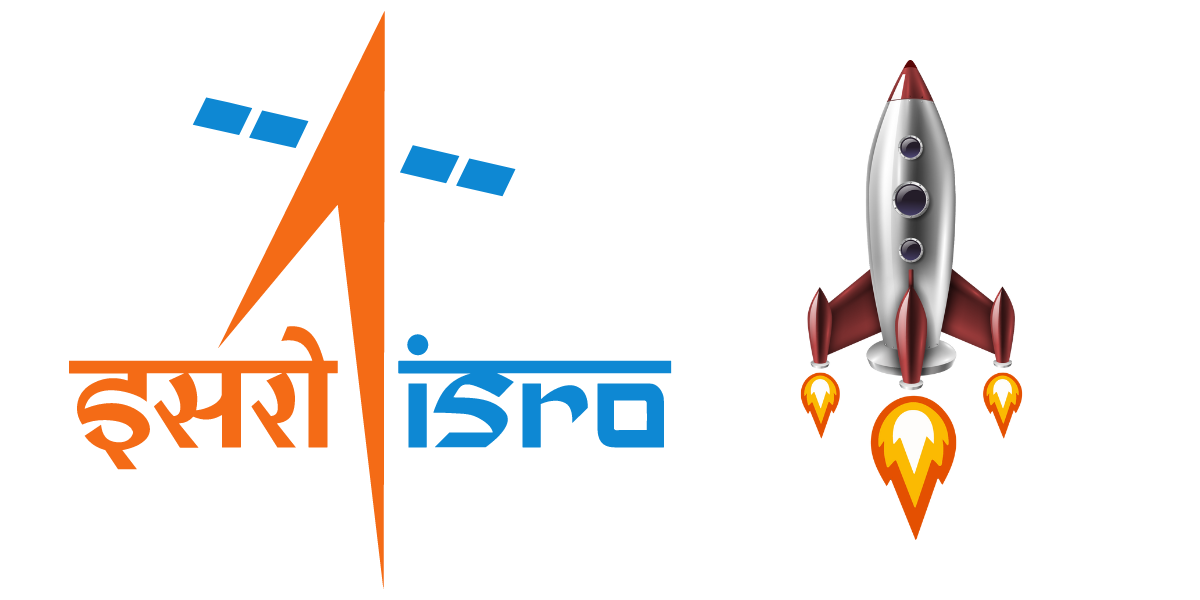1. The PSLV-C56 Launch:
The Polar Satellite Launch Vehicle (PSLV) is a reliable and versatile launch vehicle developed by the Indian Space Research Organisation (ISRO). The PSLV-C56 mission was its 58th flight and the 17th flight in the core-alone configuration. This particular mission aimed to place multiple satellites into the near-equatorial orbit (NEO).
2. The DS-SAR Satellite:
The primary payload of this mission was the DS-SAR (Developed by Singapore - Synthetic Aperture Radar) satellite. It was a collaborative effort between ISRO and Singapore's Defence Science and Technology Agency and ST Engineering. The DS-SAR satellite was designed to be positioned in a NEO at an inclination of 5 degrees and an altitude of 535 km.
The DS-SAR satellite's main purpose was to support the government of Singapore with its satellite imagery requirements. This means it would provide valuable data and images from space, which can be used for various applications such as urban planning, agriculture monitoring, disaster management, and national security.
3. Co-passenger Satellites:
In addition to the DS-SAR satellite, the PSLV-C56 carried six co-passenger satellites from various international partners:
a. VELOX-AM: This was a 23 kg technology demonstration microsatellite, likely designed to test and demonstrate new technologies in space.
b. ARCADE (Atmospheric Coupling and Dynamics Explorer): ARCADE was an experimental satellite focused on studying atmospheric coupling and dynamics. It aimed to gather data about Earth's atmosphere and its interactions.
c. SCOOB-II: This was a 3U nanosatellite, where "3U" refers to its size (measured in "Units") in a CubeSat format. SCOOB-II carried a technology demonstrator payload to showcase new space technologies.
d. NuLIoN by NuSpace: NuLIoN was an advanced 3U nanosatellite with a specific purpose - enabling seamless Internet of Things (IoT) connectivity in both urban and remote locations. This satellite likely played a role in enhancing communication capabilities.
e. Galassia-2: Another 3U nanosatellite, Galassia-2 was intended to orbit at a low Earth orbit. Its precise mission objectives were not mentioned in the available information.
f. ORB-12 STRIDER: This satellite was developed as part of an international collaboration. Further details about its mission and purpose were not available in the provided information.
Overall, the PSLV-C56 mission demonstrated ISRO's capabilities in launching multiple satellites into specific orbits and strengthening international partnerships in space exploration. By placing seven Singaporean satellites and several co-passenger satellites into orbit, ISRO contributed to advancing satellite technology and conducting important scientific research. The successful deployment of these satellites marked another milestone in India's space endeavors and global cooperation in space missions


